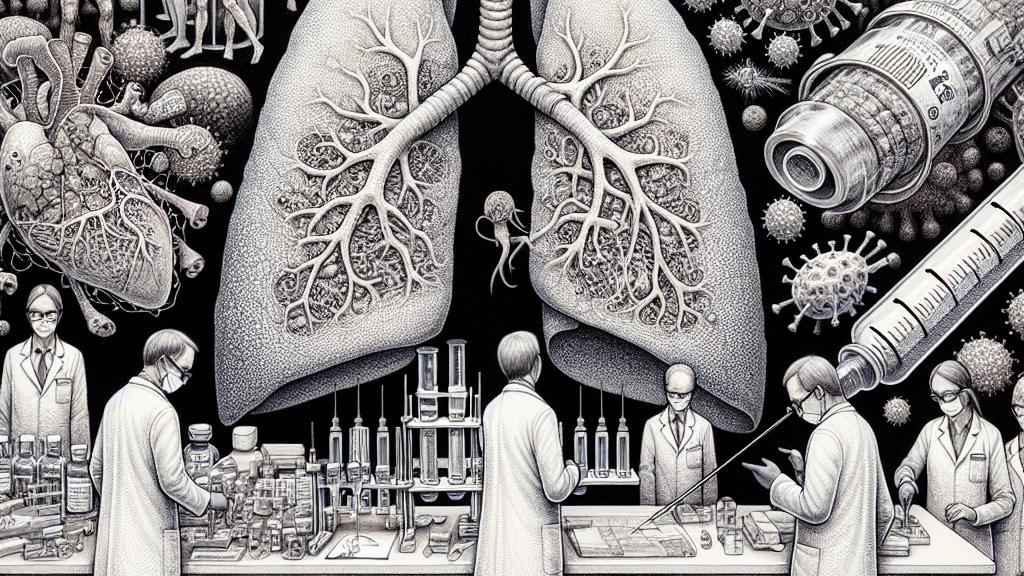New Method to Heal Damaged Lungs Using mRNA and Special Nanoparticles
Overview
- Revolutionary therapy utilizes mRNA combined with unique lipid nanoparticles to target lung damage.
- This innovative approach addresses previous limitations in treating serious lung conditions.
- Ongoing research reveals substantial potential for repairing lungs affected by severe trauma or illness.

Introduction to the Breakthrough
In the bustling research labs of the United States, scientists from the esteemed Perelman School of Medicine at the University of Pennsylvania are embarking on an incredible journey to heal damaged lungs. Through a remarkable combination of organ-specific mRNA therapy and specialized lipid nanoparticles, they are pioneering a method that could change the landscape of respiratory medicine forever. Why is this groundbreaking, you ask? Well, when the lungs suffer from traumas or illnesses such as COVID-19, conventional treatments often fail to penetrate the deeper regions where the damage occurs. But now, an injectable therapy offers a direct path to healing, literally aiming for the heart of the issue.
How It Works
So, let’s dive deep into how this therapy works! At the heart of this innovation are tiny yet powerful carriers known as ionizable amphiphilic Janus dendrimers. While their name might sound perplexing, these specially crafted lipid nanoparticles serve a fascinating purpose. They transport mRNA directly to the lungs, where it instructs the immune system to produce transforming growth factor beta (TGF-b). Think of TGF-b as a skilled contractor summoned to repair a building after a storm—it's essential for initiating the healing process! Unlike previous treatments that spread medication indiscriminately, this targeted method is like using a sniper rifle instead of a shotgun. By focusing on the exact area needed, it significantly enhances recovery and fosters faster healing.
The Importance of Specificity
Specificity plays a crucial role in medical treatments, especially when it comes to the lungs. Imagine wandering through a maze, trying to find a specific exit without a map; this is similar to the struggle traditional lung medications face when they lack targeted delivery. According to Elena Atochina-Vasserman, a pivotal researcher in this project, the precision of this new therapy marks a significant improvement over existing methods. Respiratory diseases have long posed a serious risk, being a leading cause of death worldwide. By introducing a treatment that can deliver medication directly where it’s most needed, we start to redefine the protocols that govern respiratory health. This is not just hope—it's a tangible solution that promises better outcomes for patients.
Future Applications
Looking ahead, the implications of this mRNA and lipid nanoparticle therapy are nothing short of thrilling. Researchers are already setting their sights on potential applications for other organs, such as tackling infections in the spleen. Picture a world where therapies are borne out of precise analytics, offering customized treatments tailored to each individual’s needs! This could herald a new era in personalized medicine, where the strategies we use to combat diseases evolve continually based on cutting-edge science. Each discovery in this domain is like adding another brushstroke to a masterpiece, gradually revealing a future where effective treatments are not just a dream but a reality. The groundwork laid here could ultimately revolutionize how we approach healthcare.

Loading...